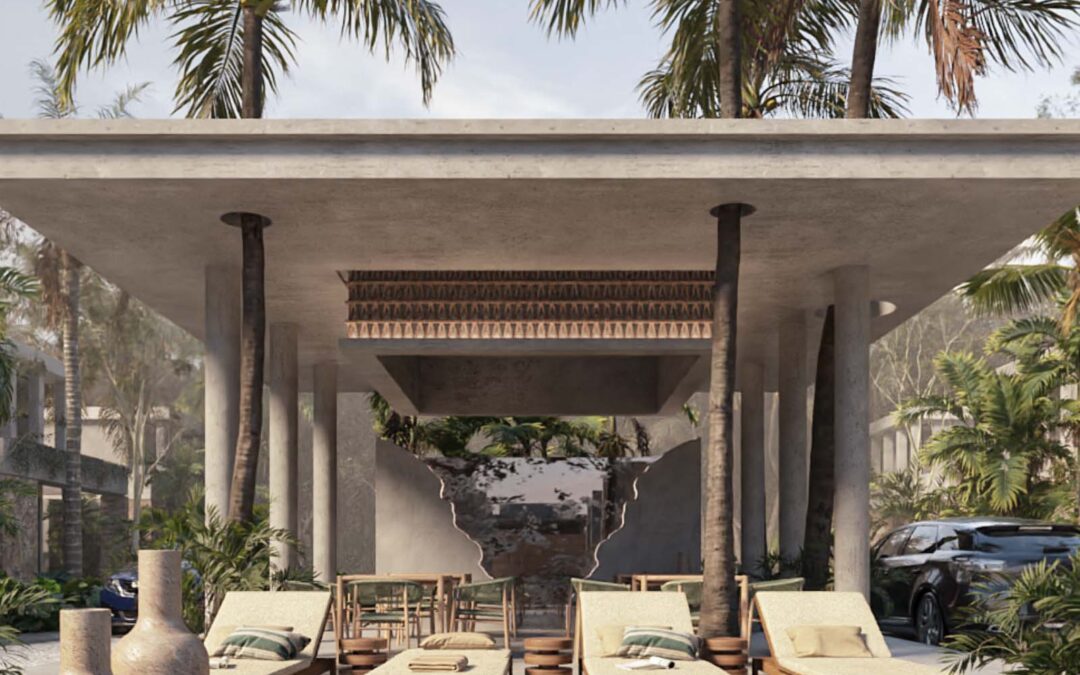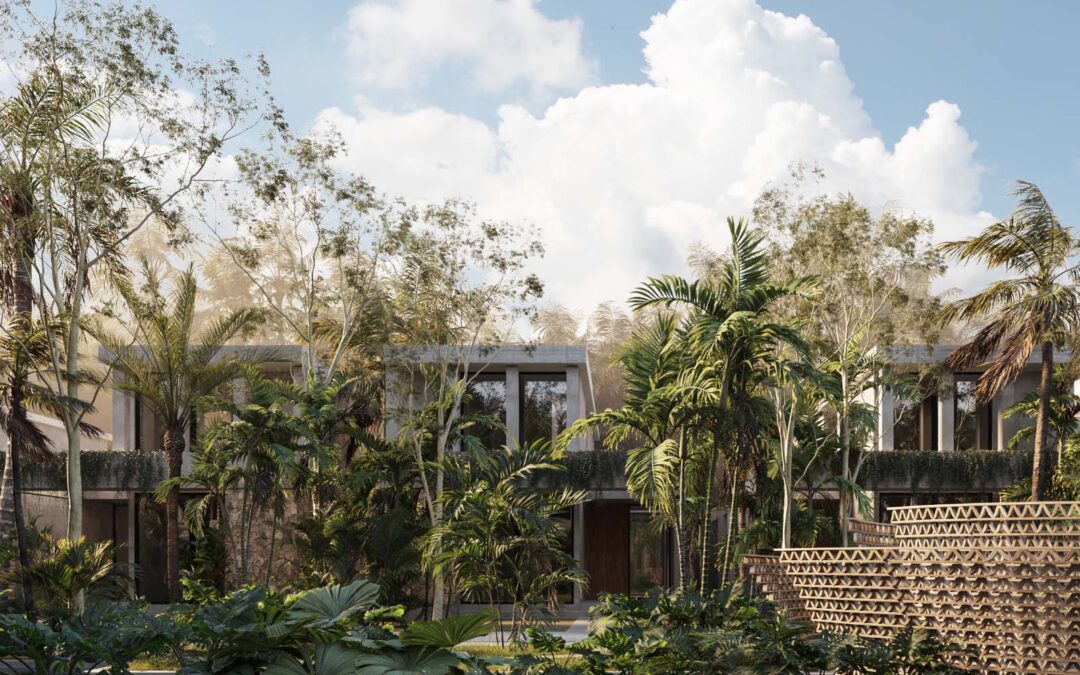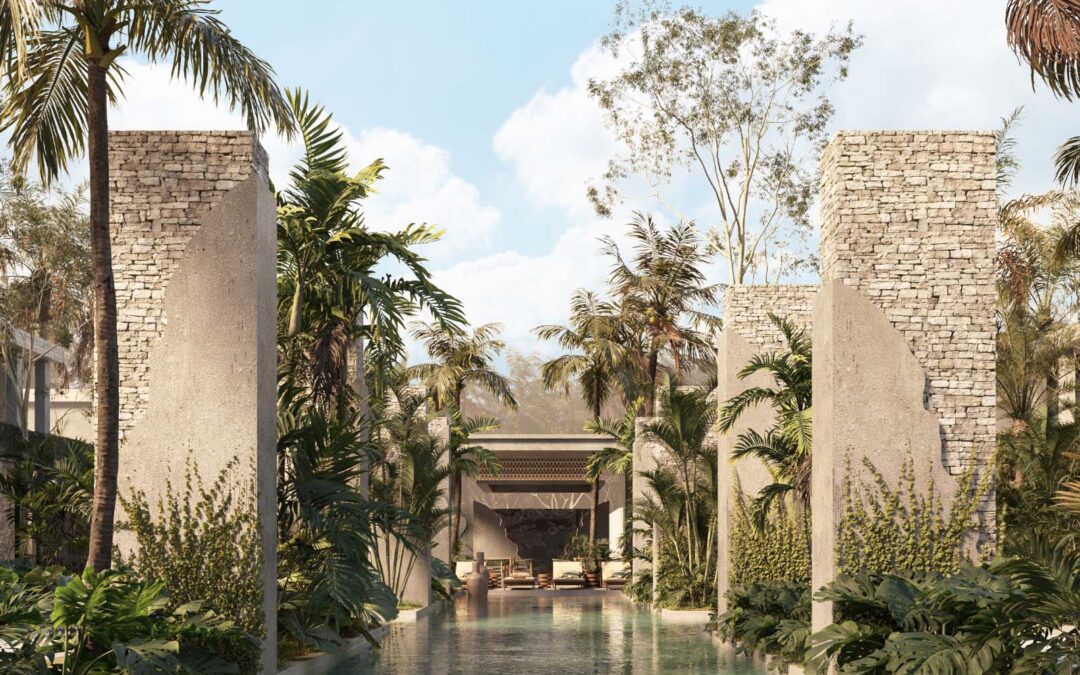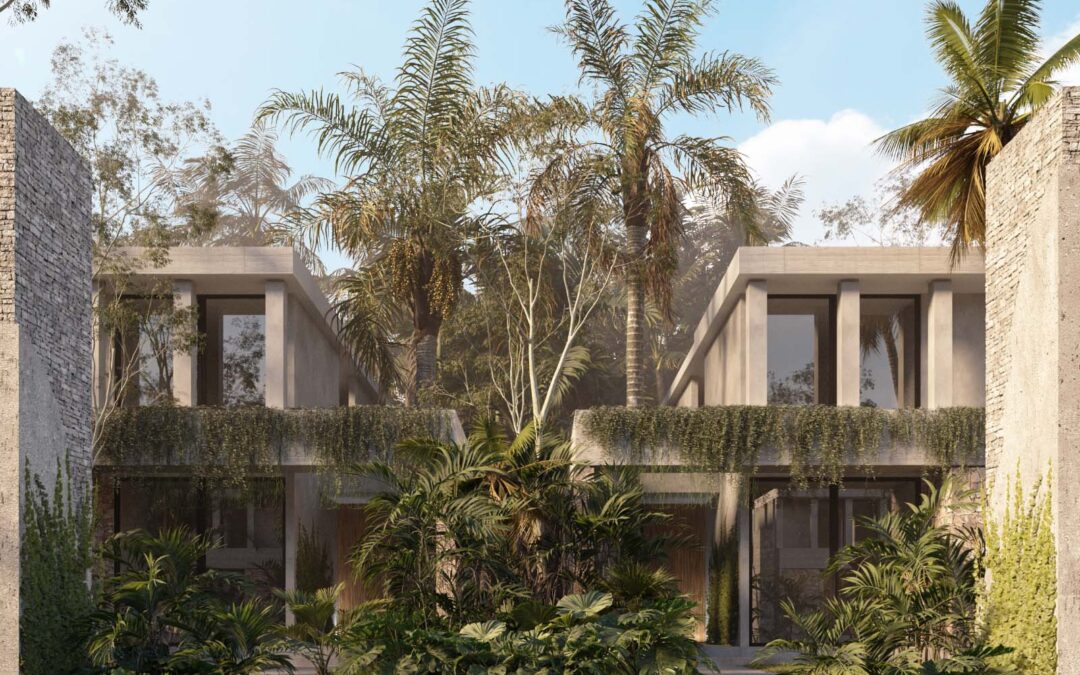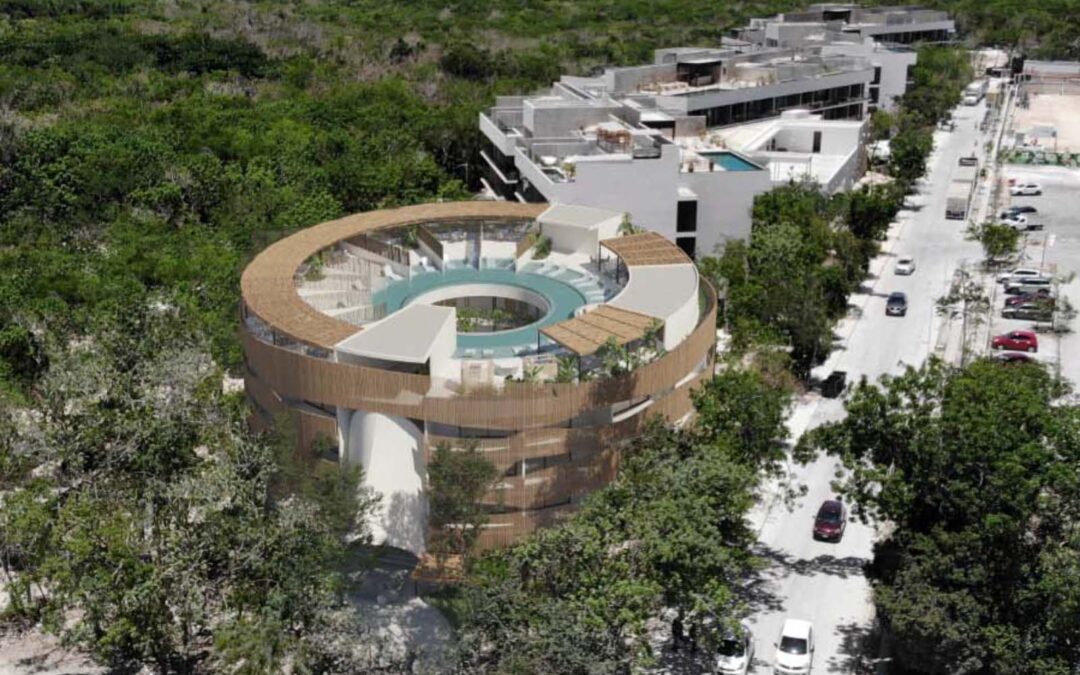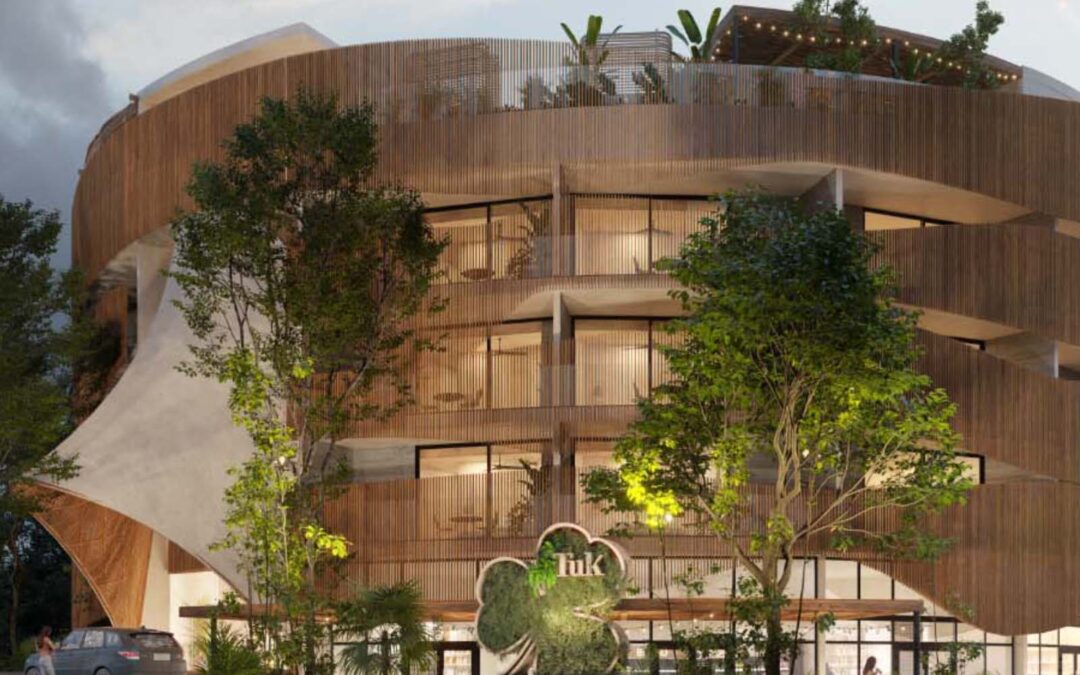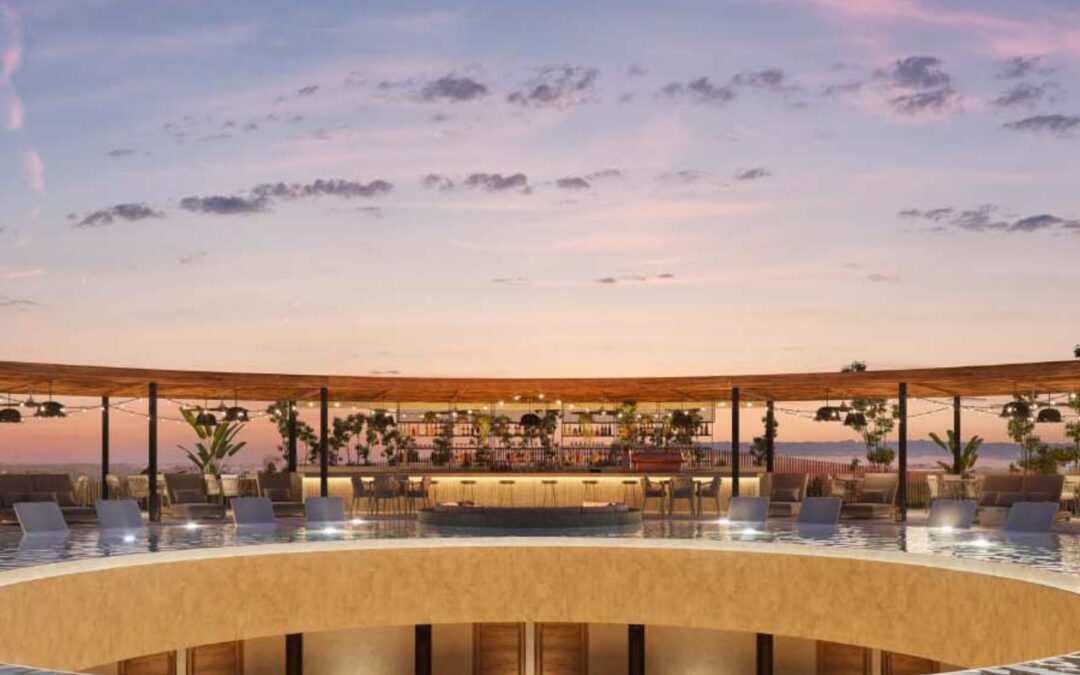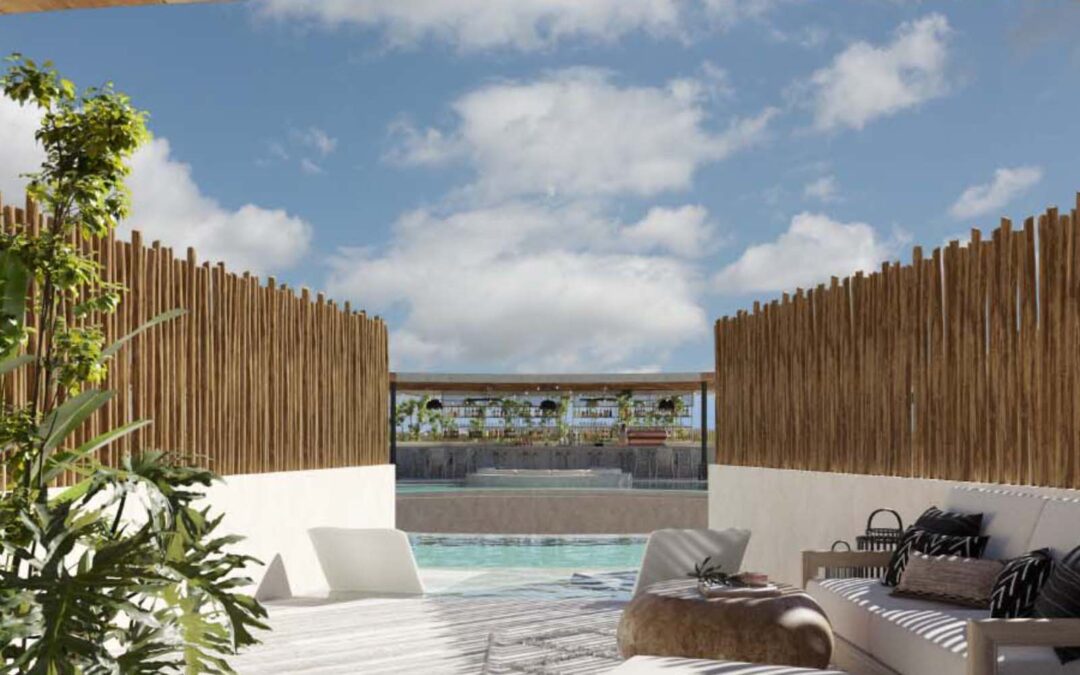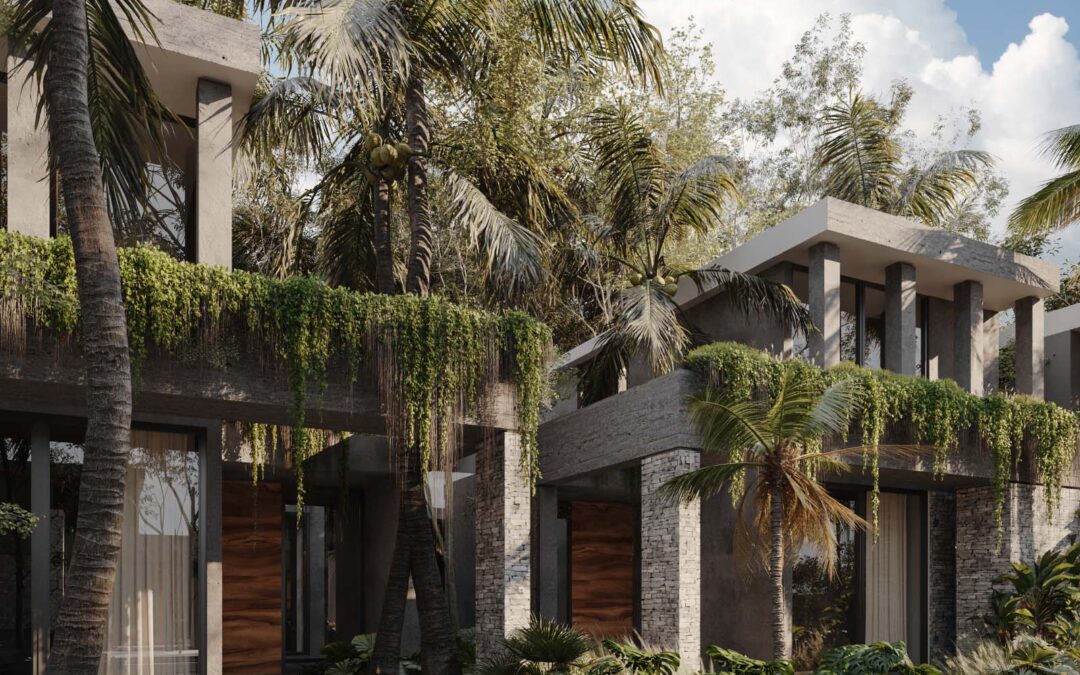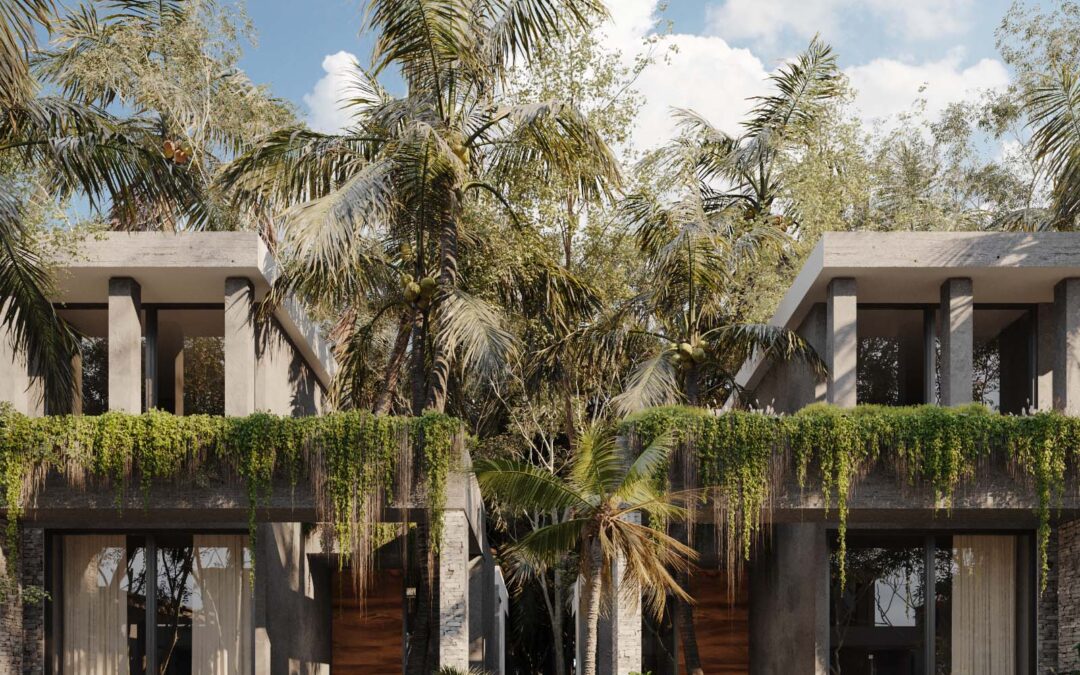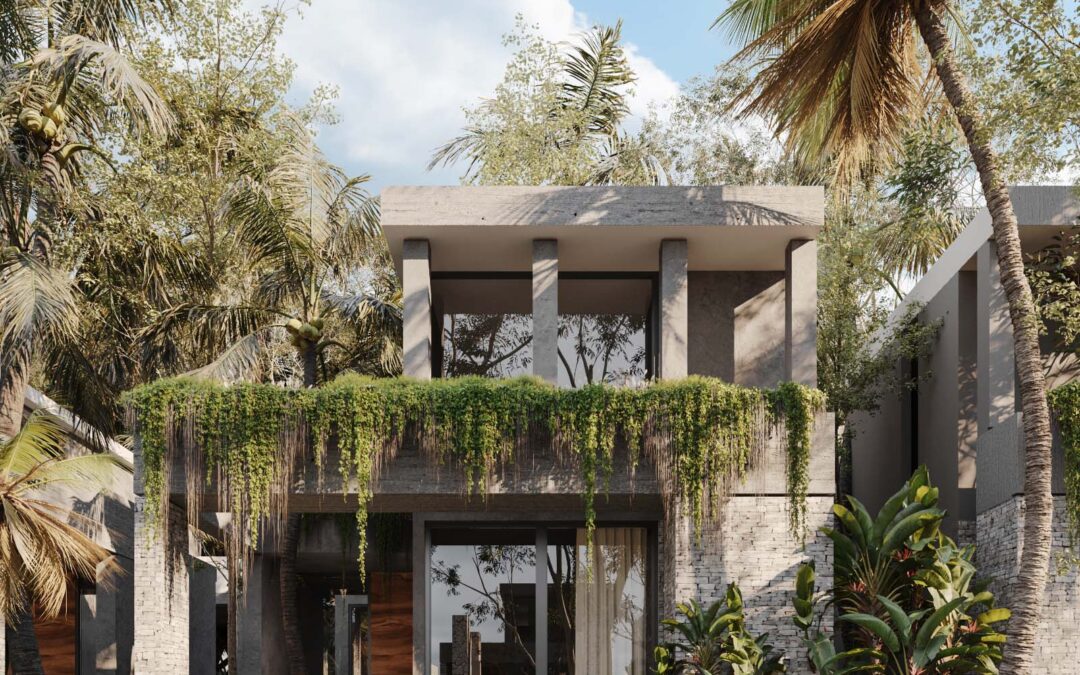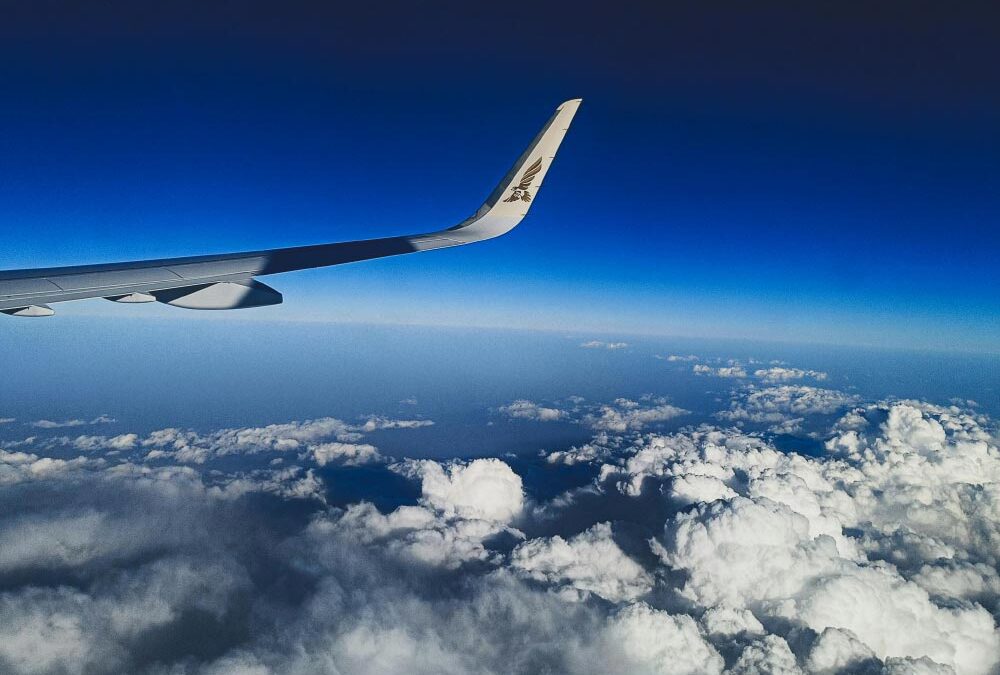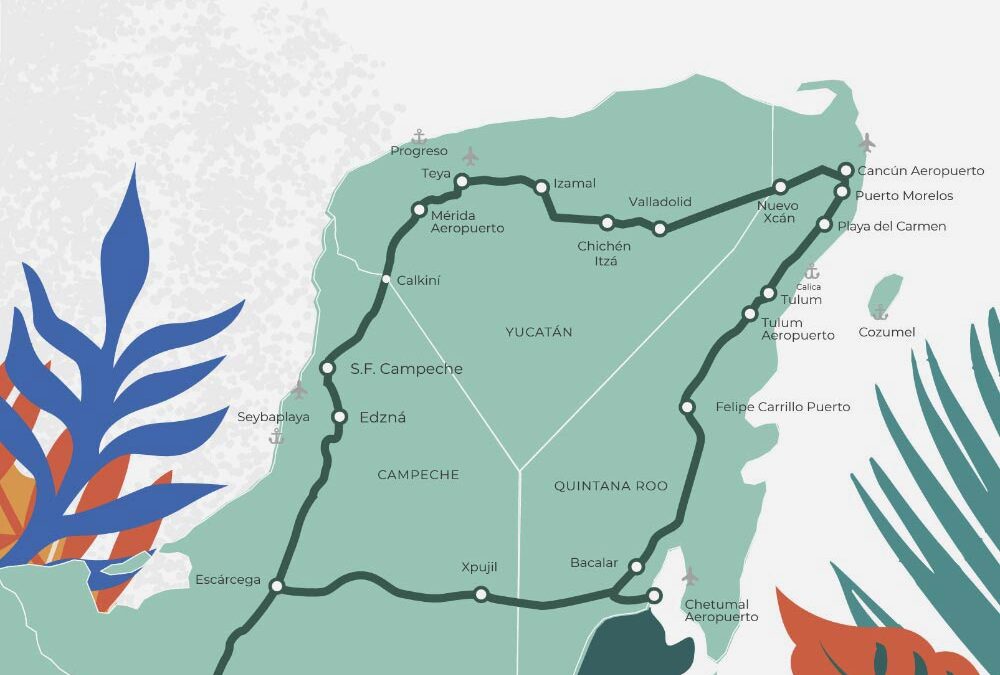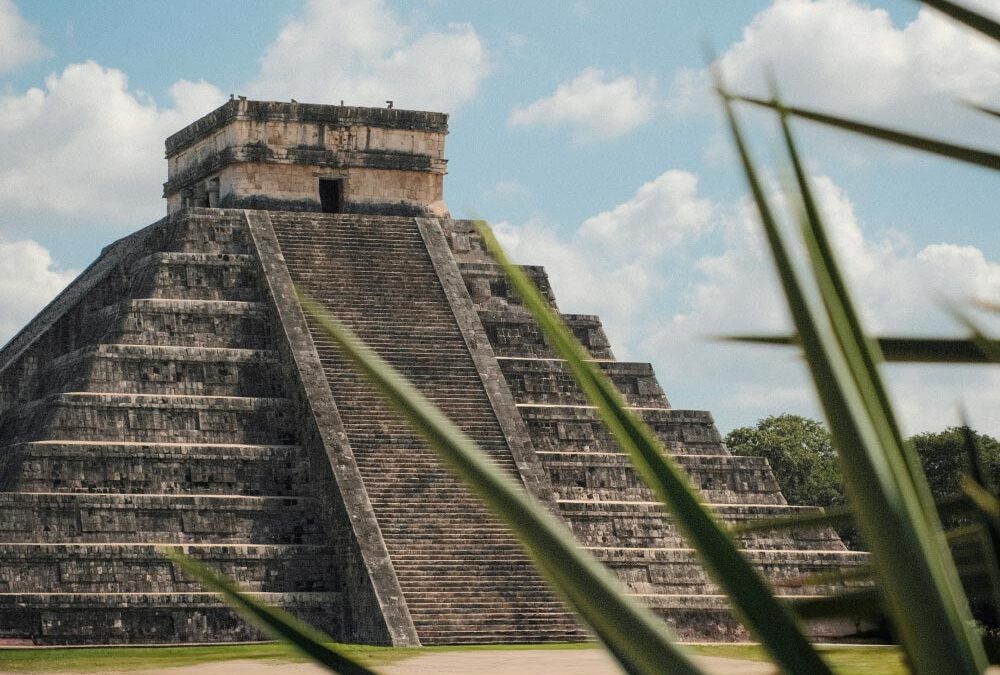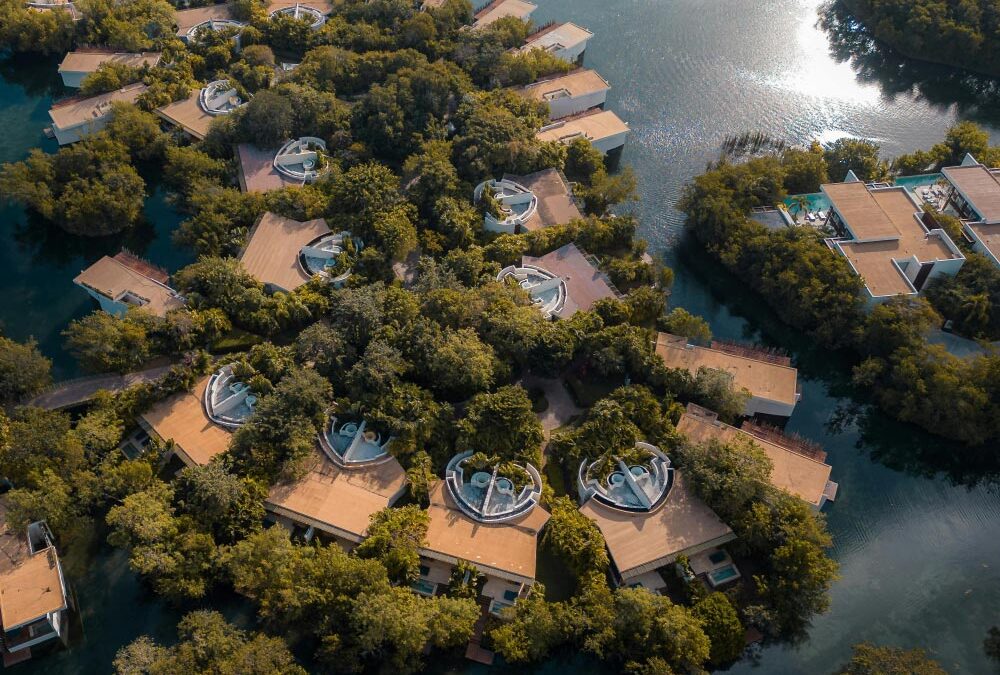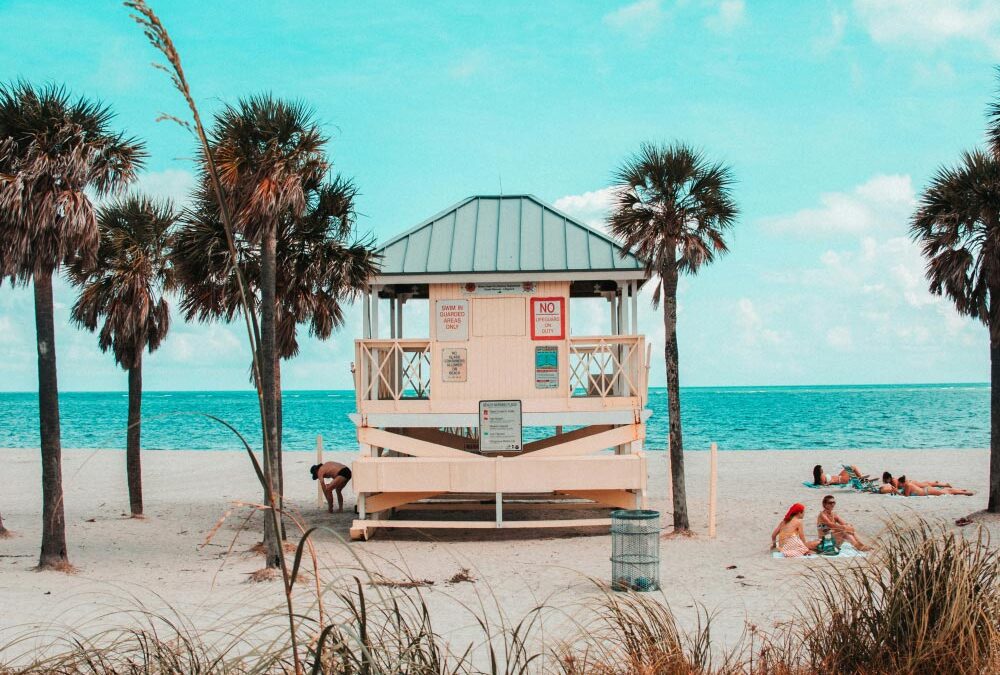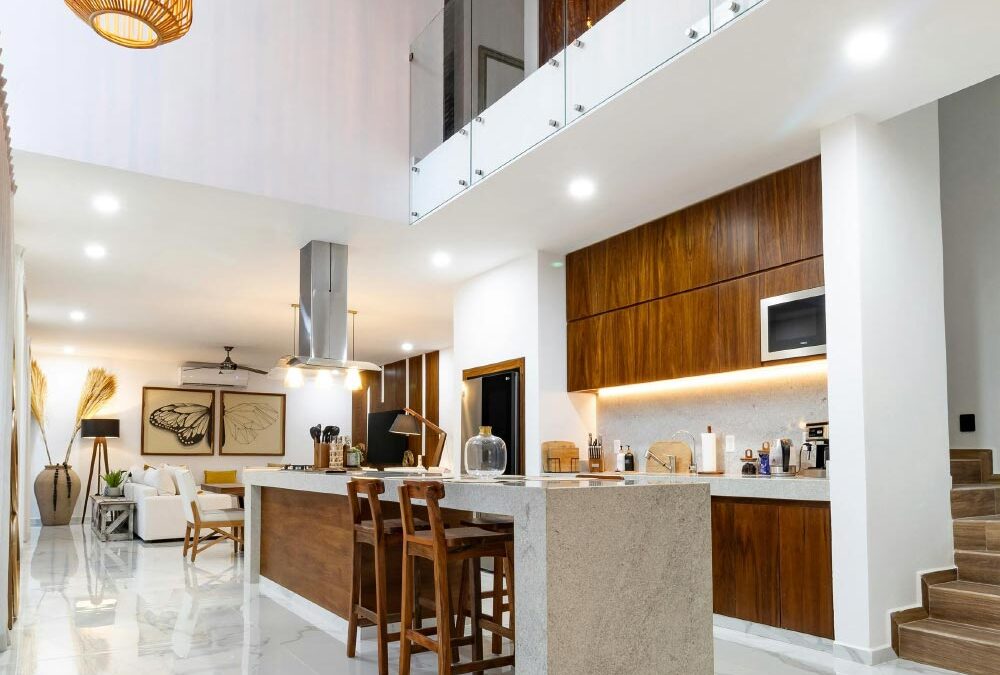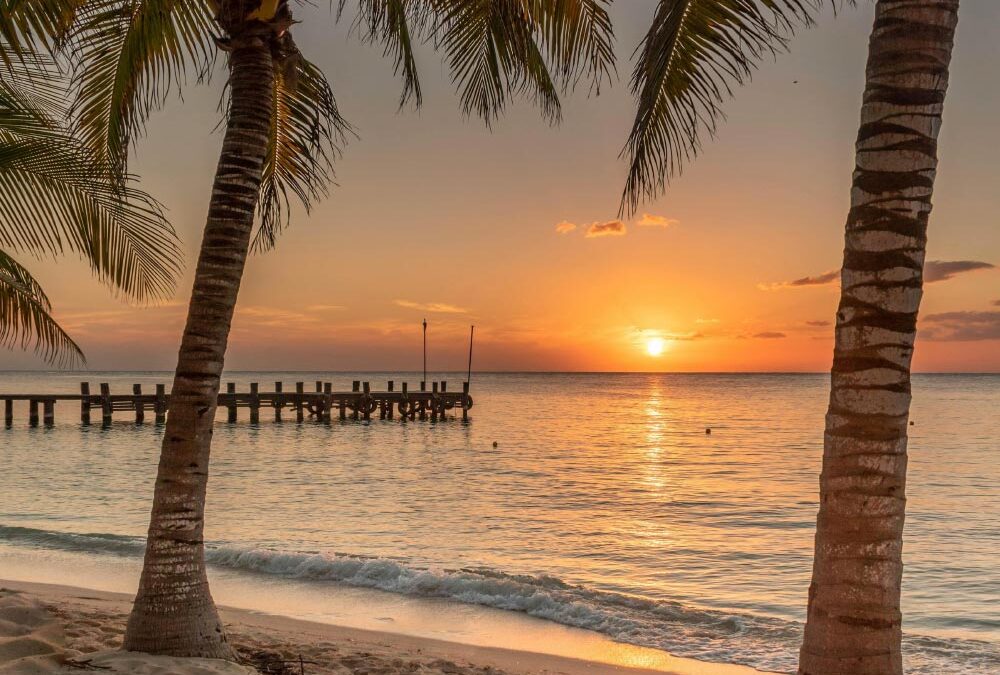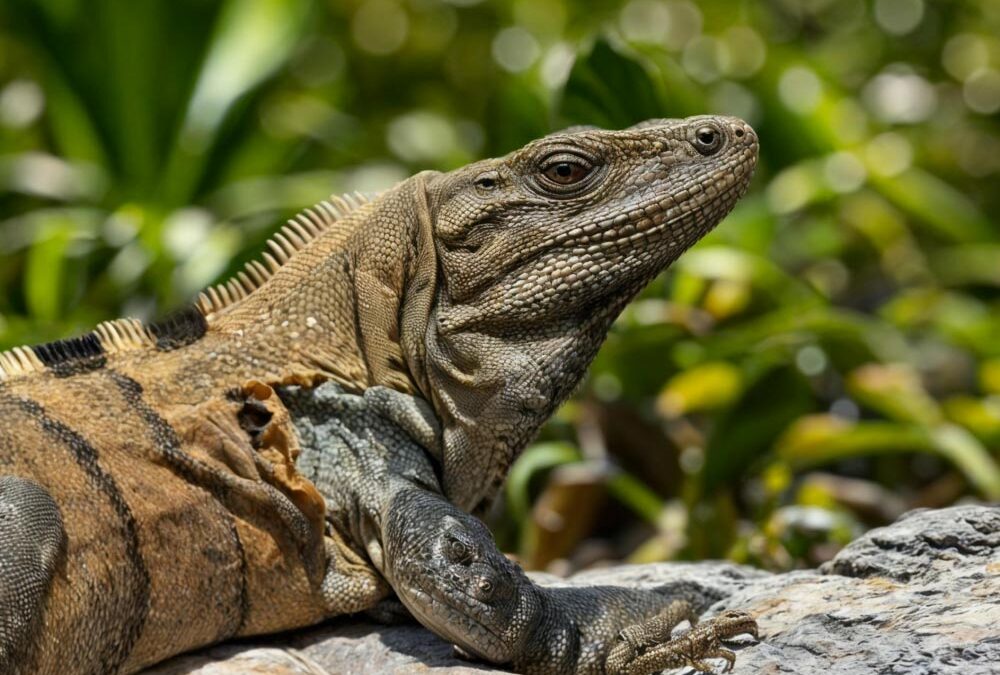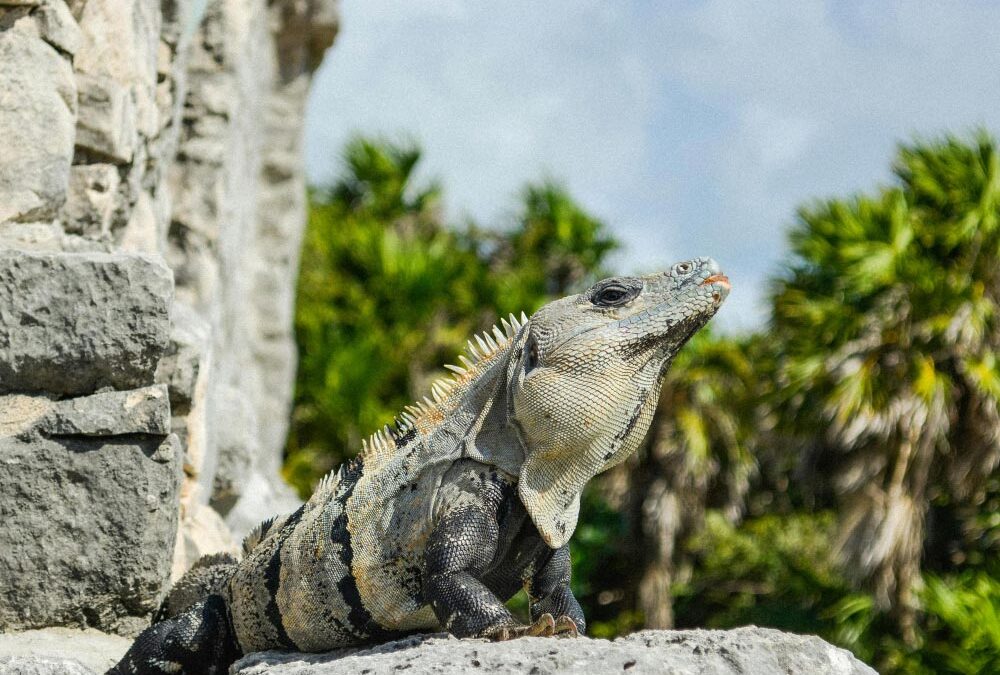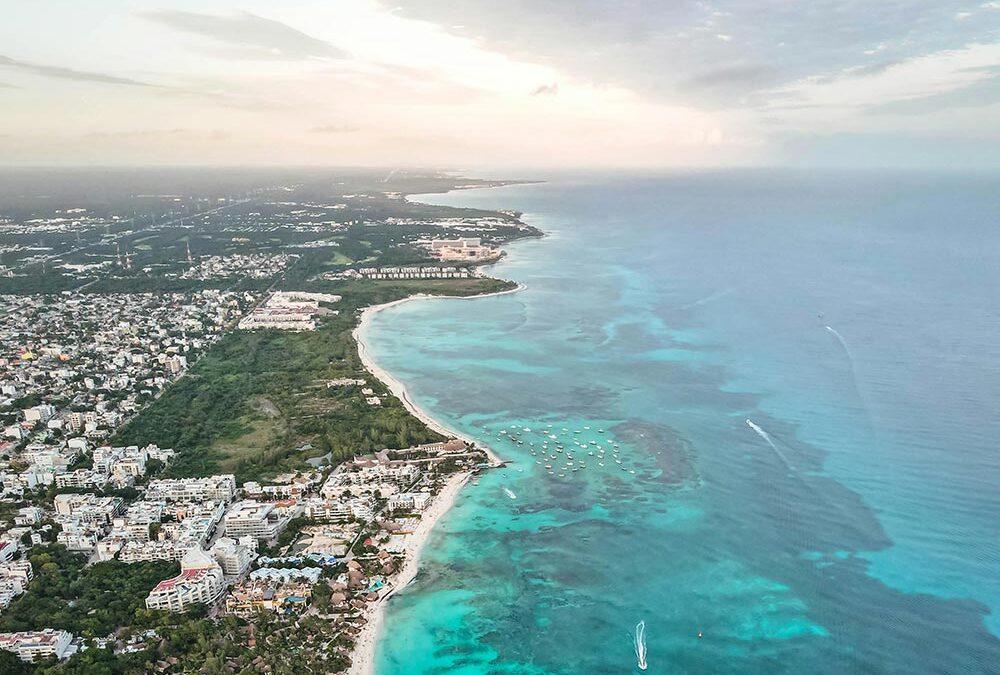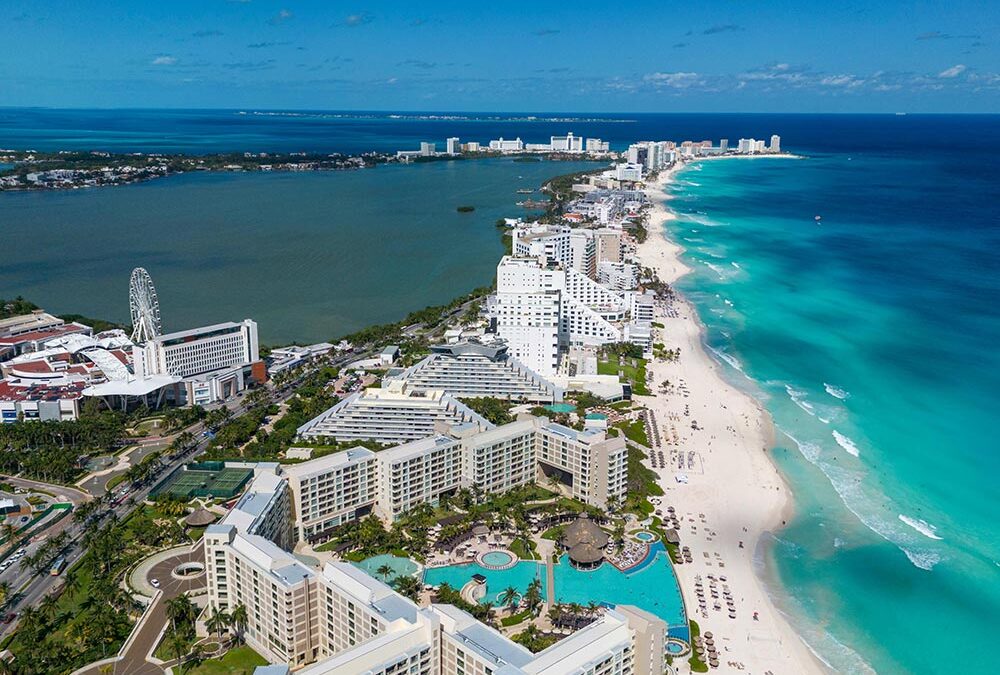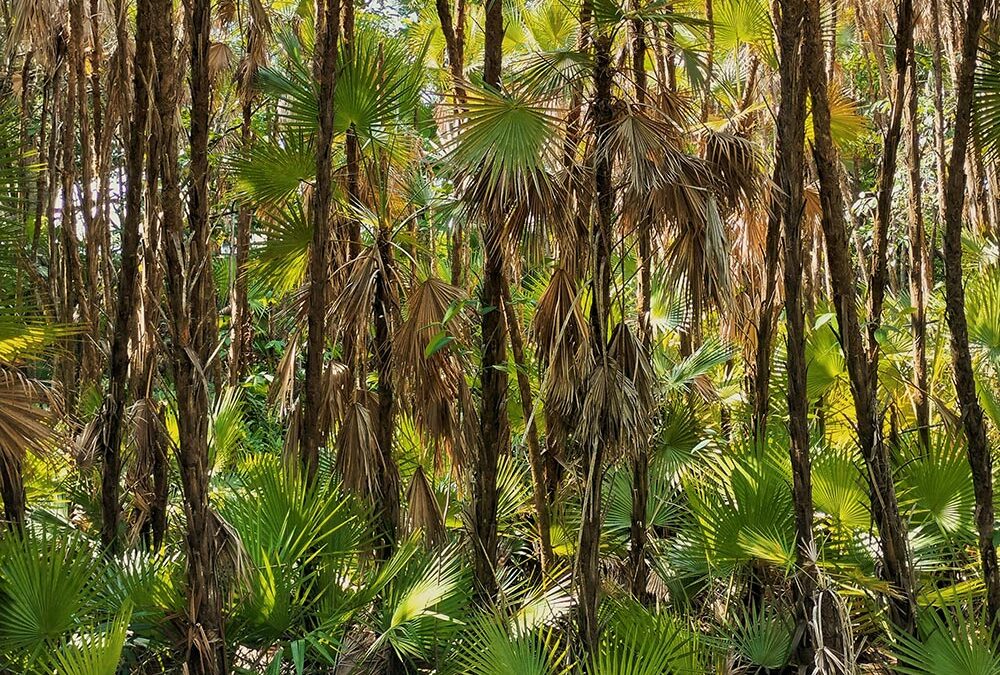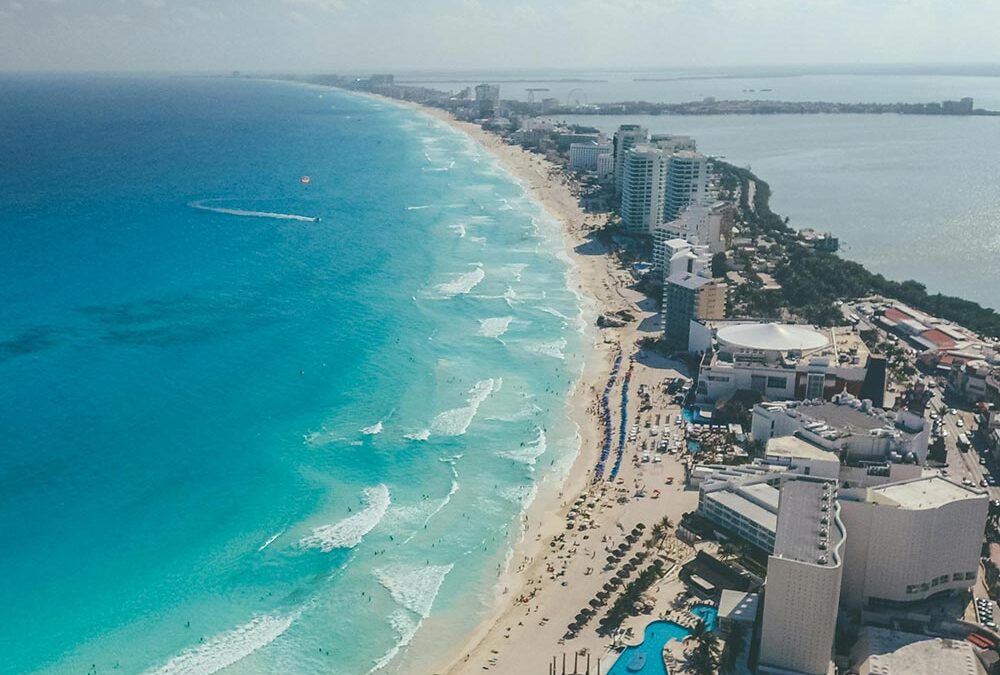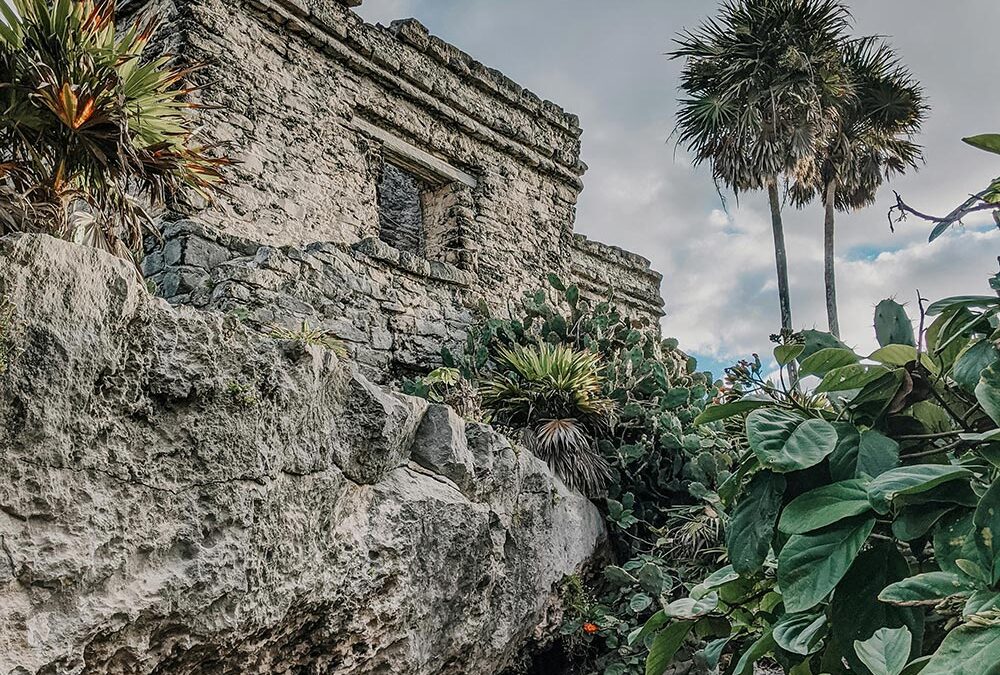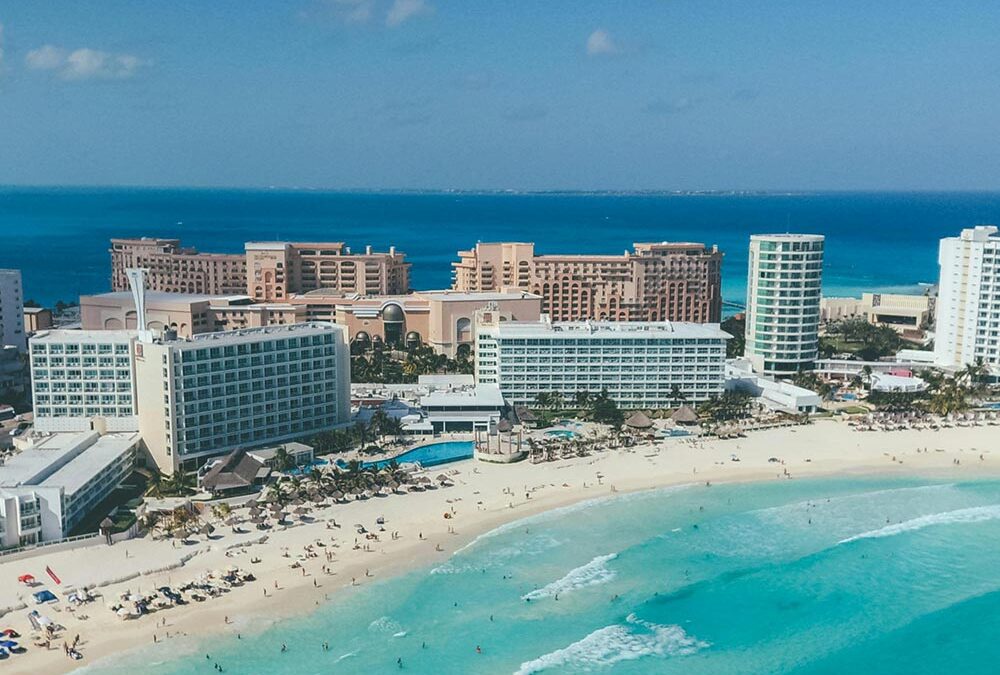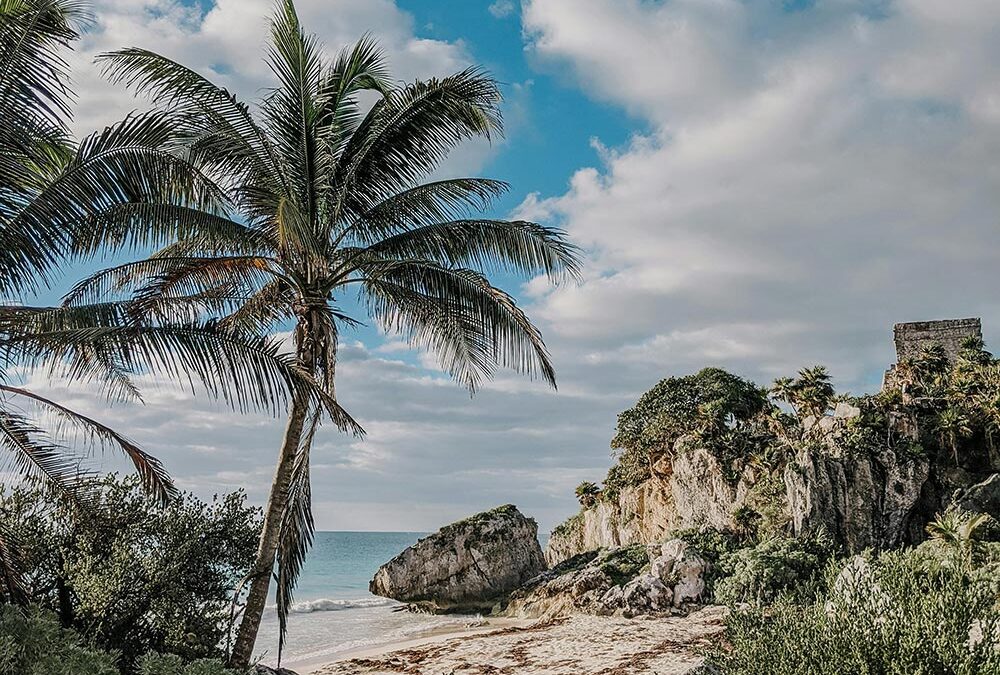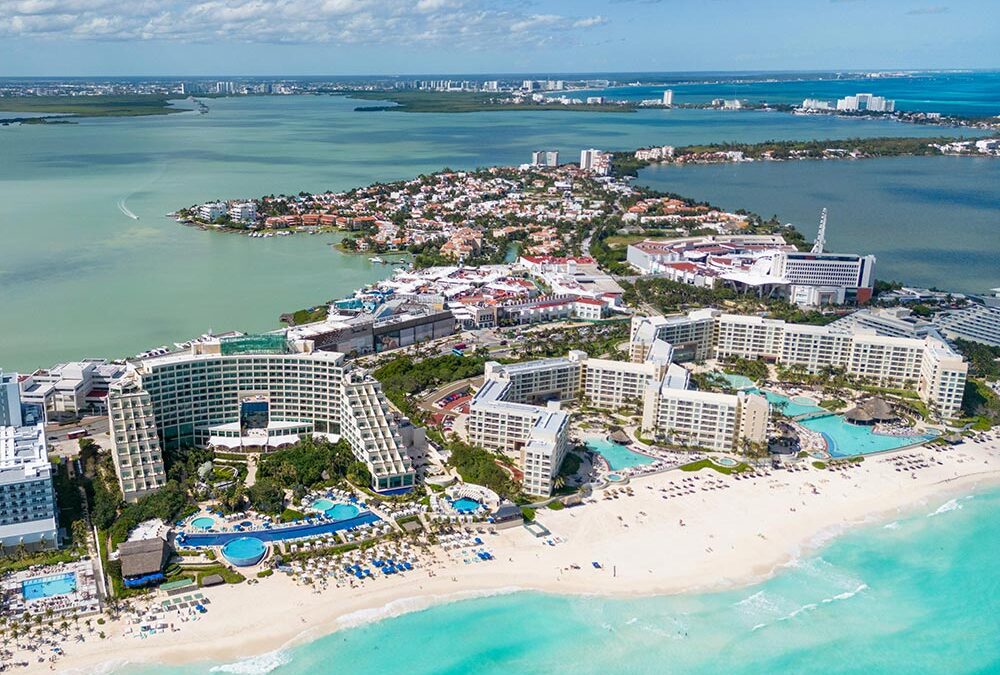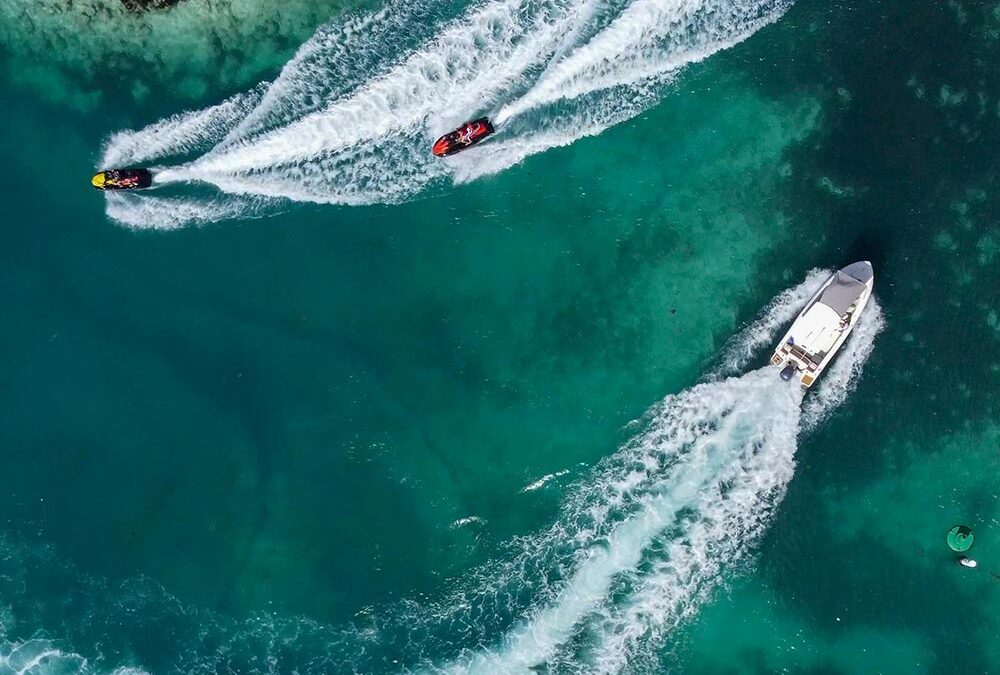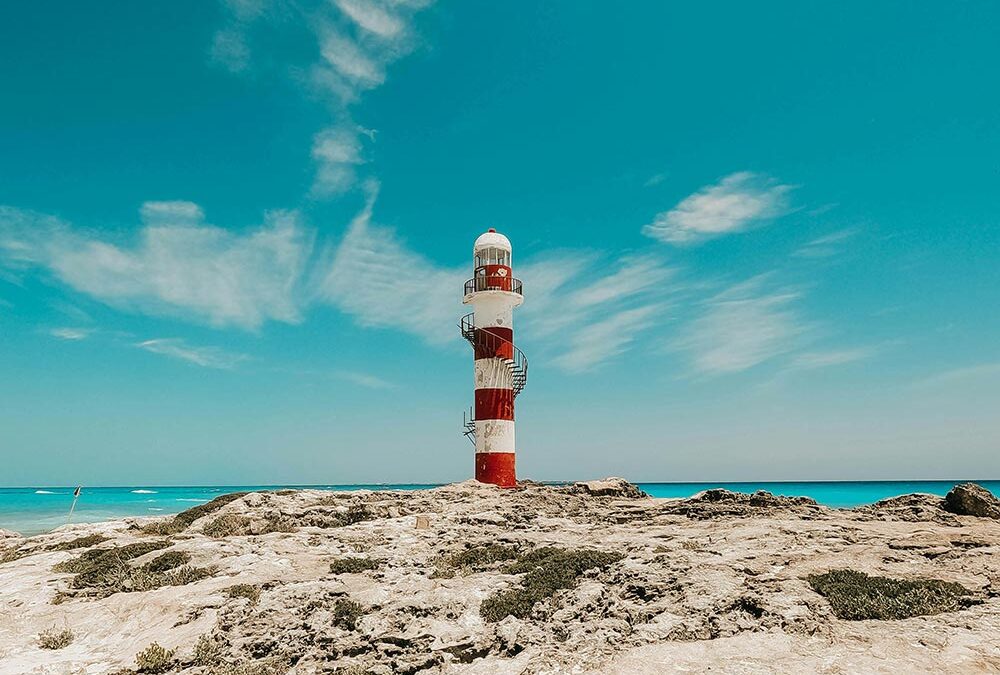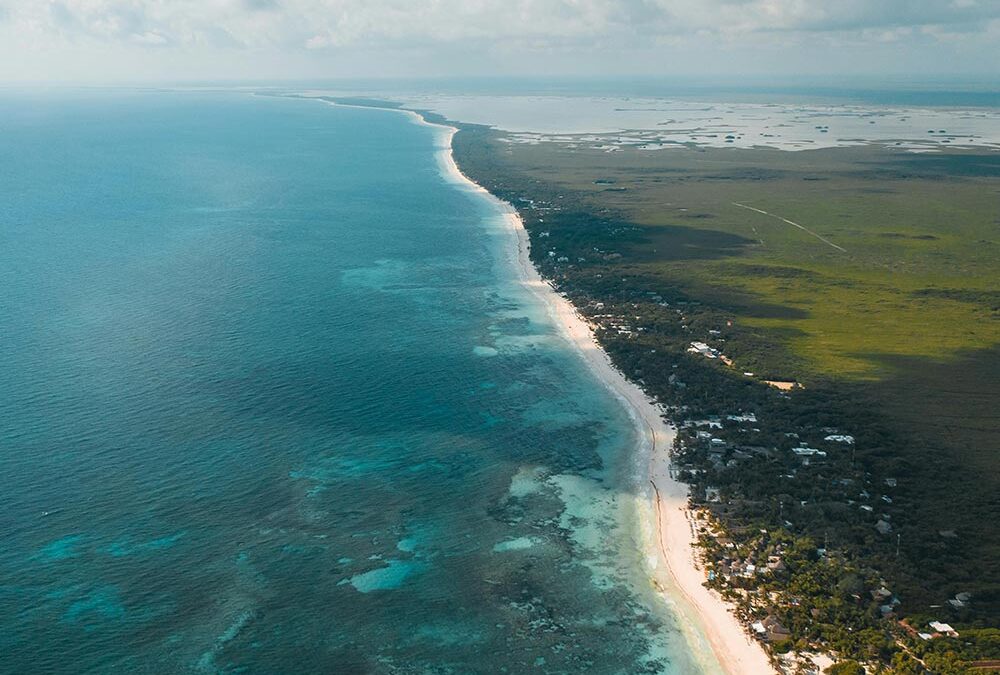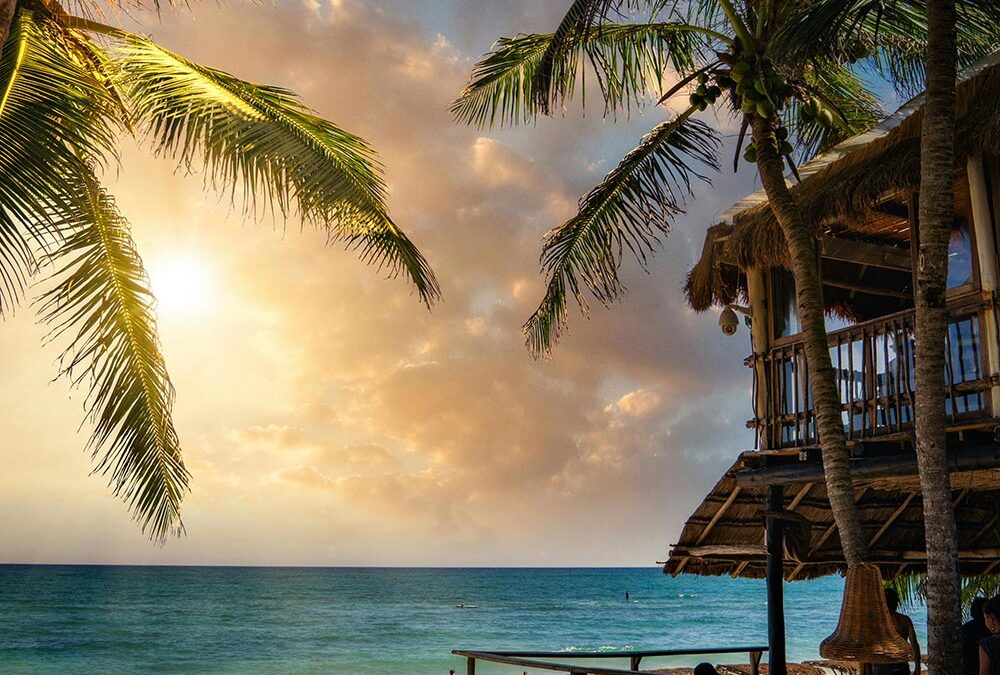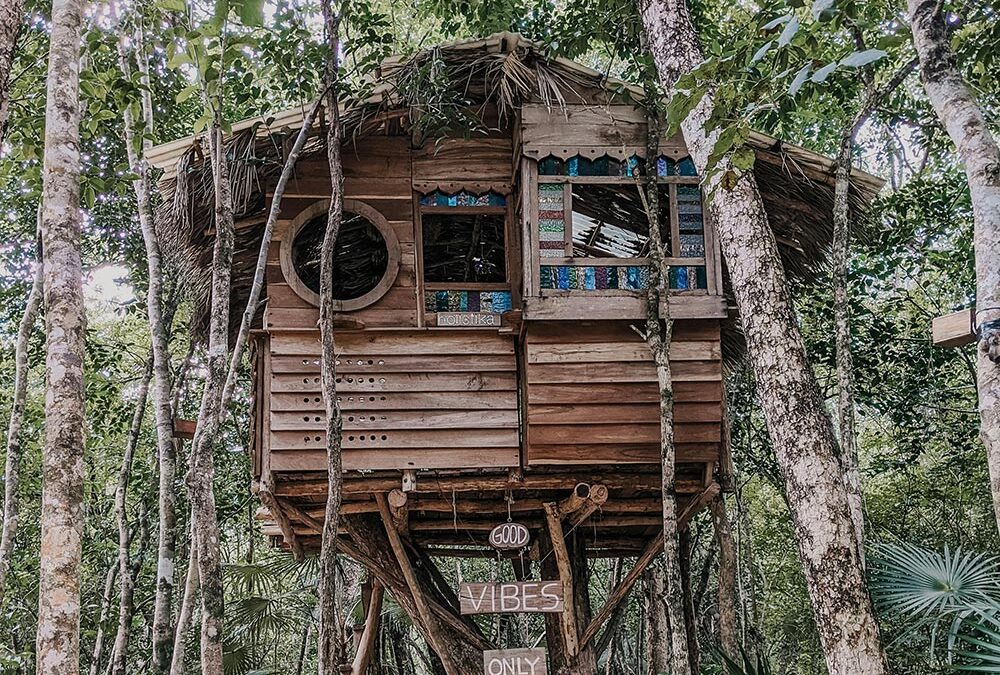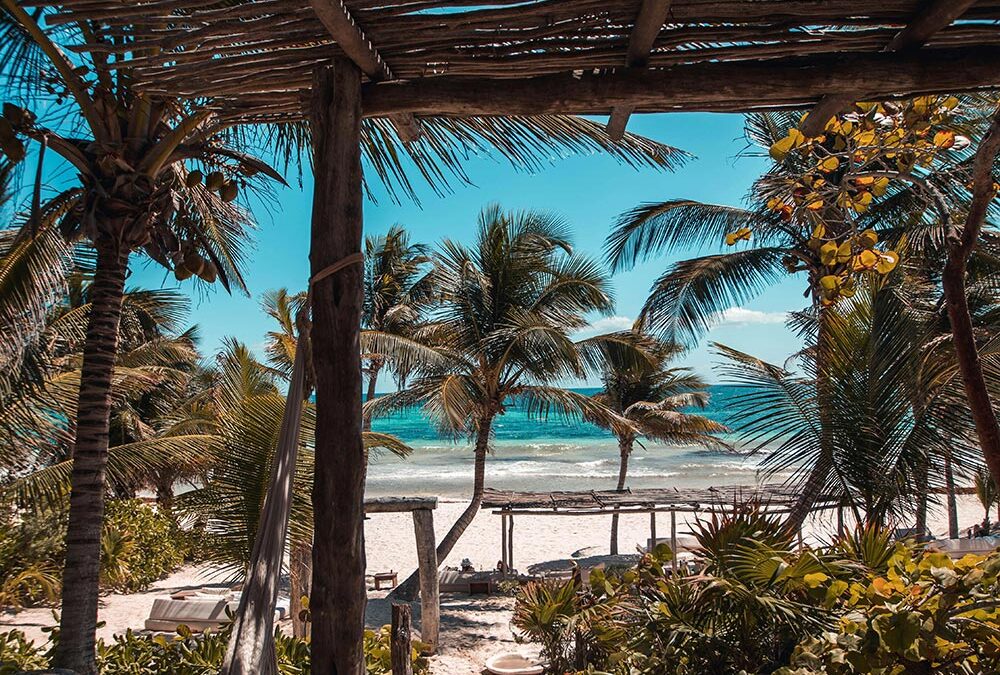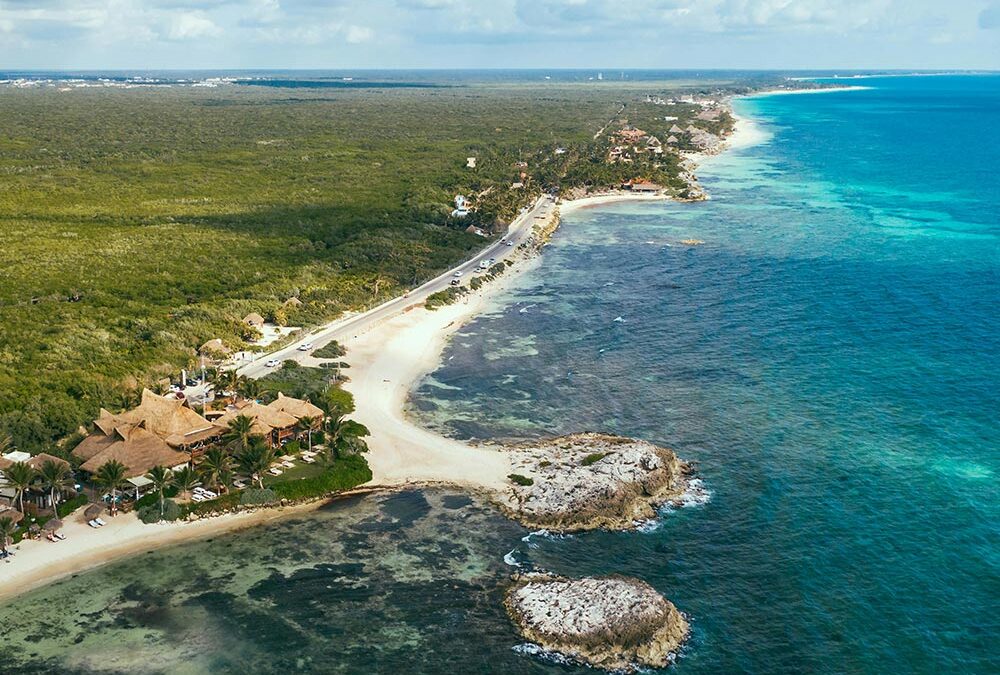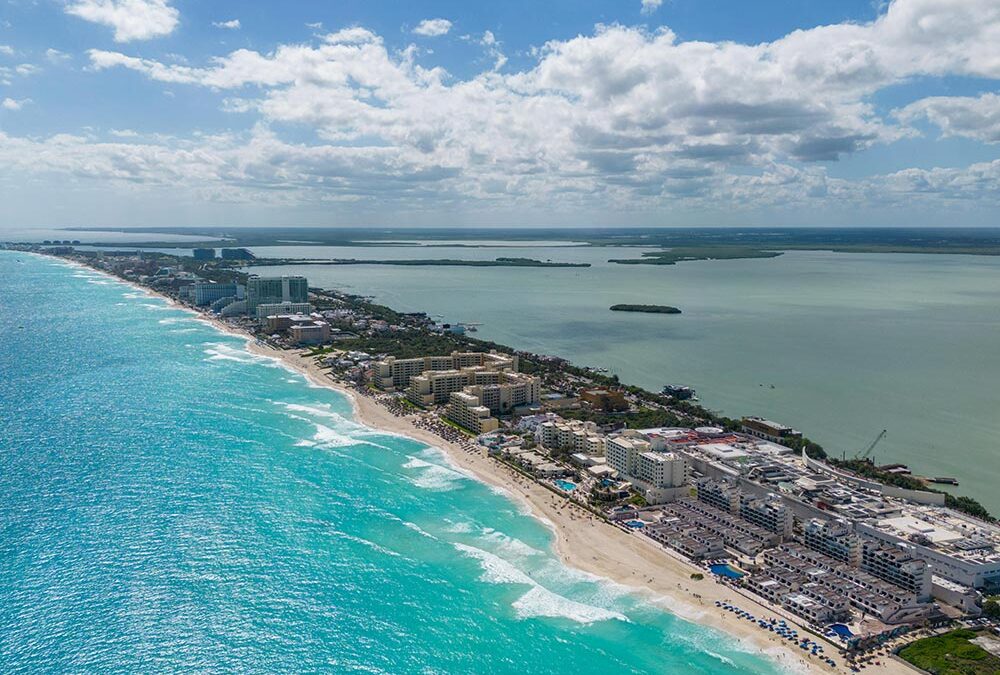The Riviera Maya, nestled along the Caribbean coast of Mexico’s Yucatán Peninsula, has emerged as one of the most attractive investment hotspots in the Caribbean. Known for its growing tourism industry, diverse real estate opportunities, and expanding infrastructure, the region offers a unique blend of affordability and high returns. While other Caribbean destinations boast similar natural beauty and appeal, Riviera Maya stands out due to its accessibility, vibrant economy, and government-backed development projects. This article delves into why Riviera Maya surpasses its Caribbean counterparts, highlighting comparative advantages and providing actionable insights for investors.
Index of Content
- Overview of Riviera Maya
- Key Investment Drivers in Riviera Maya
- Comparative Analysis with Other Caribbean Destinations
- Rental Yields and ROI
- Risks and Challenges
- Case Study: Success in Riviera Maya Investments
- Conclusion
- FAQs
Overview of Riviera Maya
The Riviera Maya spans a 75-mile stretch along Mexico’s Caribbean coast, encompassing Playa del Carmen, Tulum, and smaller towns like Akumal and Puerto Aventuras. The region’s allure lies in its mix of pristine beaches, lush jungles, and ancient Mayan ruins, offering a unique experience that caters to diverse traveler interests. It attracts millions of tourists each year, many of whom opt for short-term vacation rentals over traditional hotels, creating sustained demand for rental properties.
Infrastructure developments, such as modern highways and the planned Tulum International Airport, have strengthened the region’s connectivity. Additionally, its proximity to Cancún International Airport—one of the busiest in Latin America—makes it a convenient destination for international visitors. These factors, combined with its thriving cultural and culinary scene, have contributed to Riviera Maya’s reputation as a top destination for both leisure and investment.
- Annual tourist arrivals exceed 20 million, ensuring strong rental demand.
Key Investment Drivers in Riviera Maya
Growing Tourism Industry
Riviera Maya has experienced an average annual tourism growth rate of 8-10% over the past decade, driven by its natural attractions and upscale hospitality offerings. Luxury resorts, eco-tourism experiences, and the rise of digital nomadism have expanded its appeal, increasing demand for both short-term and long-term rental properties. The growing popularity of platforms like Airbnb has further amplified the region’s rental market potential, enabling property owners to capitalize on high occupancy rates and premium nightly rates.
- Over 80% occupancy rates during peak seasons highlight strong demand.
Affordable Real Estate
Compared to high-profile Caribbean destinations such as the Cayman Islands or Barbados, real estate in Riviera Maya is significantly more affordable. For instance, beachfront properties in Tulum or Playa del Carmen can be acquired at roughly half the cost of similar properties in the Bahamas or Turks and Caicos. This affordability allows investors to enter the market with lower initial capital while still achieving competitive returns.
The market also offers a range of options, from pre-construction condos with flexible payment plans to luxury villas that attract high-end clientele. Many developers provide financing packages, making property ownership even more accessible for international investors.
- Average cost of beachfront condos: $200,000-$350,000 in Riviera Maya vs. $500,000+ in the Bahamas.
Infrastructure and Development
The Mexican government has prioritized infrastructure projects in Riviera Maya to support its booming tourism sector. The most notable initiative is the Mayan Train (Tren Maya), a $10 billion project that will connect key destinations across the Yucatán Peninsula, including Cancún, Tulum, and Palenque. This project is expected to further increase tourist arrivals and property values along its route.
Additionally, the forthcoming Tulum International Airport will reduce congestion at Cancún’s airport and create new opportunities for investors in the Tulum area. Other developments include new highways, public transportation systems, and eco-friendly urban planning in areas like Aldea Zama, Tulum.
- Projected property value appreciation near the Mayan Train: 15-20% by 2026.
Comparative Analysis with Other Caribbean Destinations
Economic Stability and Safety
While many Caribbean nations rely heavily on tourism, Mexico benefits from a diversified economy that includes manufacturing, agriculture, and energy sectors. This economic stability makes Riviera Maya a less risky investment destination compared to smaller islands that are more vulnerable to external shocks like global recessions or natural disasters.
In terms of safety, Riviera Maya is one of Mexico’s most heavily patrolled regions due to its significance as a tourism hub. Though crime is a concern in some parts of Mexico, the government’s focus on protecting its tourism industry ensures heightened security in key areas like Playa del Carmen and Tulum.
- Mexico’s GDP diversification reduces dependency on tourism to 8% of the total economy.
Accessibility
Unlike many Caribbean islands that require multiple flights or costly ferry connections, Riviera Maya is easily accessible. Cancún International Airport offers direct flights to over 40 countries, with budget carriers and charter flights making travel affordable. In comparison, destinations like St. Lucia or the British Virgin Islands often require indirect flights or lengthy travel times, limiting their appeal for short-term vacationers.
- Travel time from the US East Coast: 3-4 hours to Riviera Maya vs. 6+ hours to smaller Caribbean islands.
Rental Demand
Unlike islands with pronounced low seasons, Riviera Maya benefits from year-round rental demand due to its tropical climate and constant influx of international visitors. Events like the annual Riviera Maya Jazz Festival and its proximity to attractions like Chichén Itzá also help sustain tourism throughout the year.
Furthermore, the growing trend of remote work has made Riviera Maya a hotspot for digital nomads, adding another layer of demand for rental properties equipped with modern amenities like high-speed internet and co-working spaces.
- Year-round demand leads to stable cash flow for investors.
Rental Yields and ROI
Riviera Maya offers some of the highest rental yields in the Caribbean, ranging from 8-12% annually. Properties in prime locations, such as Tulum’s beachfront or Playa del Carmen’s Fifth Avenue, often command premium rental rates. Combined with a strong capital appreciation rate of 5-10% annually, investors can achieve total ROI figures of 15-20%.
The region’s affordability further amplifies these returns, as lower entry costs allow for quicker recovery of initial investments. This makes Riviera Maya particularly attractive for both seasoned investors and first-time buyers looking for lucrative opportunities.
- Average annual ROI: 15-20% in Riviera Maya vs. 10-12% in other Caribbean locations.
Case Study: Success in Riviera Maya Investments
In 2018, a Canadian investor purchased a two-bedroom condo in Tulum’s Aldea Zama for $220,000. Leveraging Airbnb, the property generated $32,000 in annual rental income, with a 14% net rental yield after expenses. By 2023, the property’s value appreciated to $300,000, providing a total ROI of 17% annually, inclusive of capital gains. The investor credits their success to thorough research and selecting a property with unique appeal, such as eco-friendly design and proximity to amenities.
Conclusion
Riviera Maya stands out as the Caribbean’s best investment opportunity due to its affordable property prices, thriving tourism market, and robust infrastructure development. When compared to other Caribbean destinations, its economic stability, accessibility, and high rental yields make it an unparalleled choice for savvy investors. While challenges like legal frameworks and market competition exist, these are far outweighed by the region’s growth potential and consistent returns. For those looking to diversify their portfolio, Riviera Maya offers a compelling mix of opportunity and reliability.
FAQs
Why is Riviera Maya a better investment than other Caribbean destinations?
Riviera Maya offers more affordable real estate, higher rental yields, and strong economic backing from Mexico’s diverse economy compared to islands heavily dependent on tourism.
How accessible is Riviera Maya compared to other Caribbean islands?
Riviera Maya benefits from Cancún International Airport, which has direct flights from major global cities, unlike many Caribbean islands that require indirect travel.
What is the average rental yield in Riviera Maya?
Rental yields in Riviera Maya range between 8-12% annually, outperforming most other Caribbean destinations.
What are the legal requirements for foreign investors in Riviera Maya?
Foreigners must use a fideicomiso (bank trust) to purchase property within Mexico’s restricted zone, ensuring compliance with national laws.
What are the risks of investing in Riviera Maya?
Potential risks include legal complexities and market competition in high-demand areas, but these can be mitigated through careful planning and research.

